How Lawn Irrigation Systems Stop Brown Patches Before They Start
Efficient lawn irrigation systems are essential for maintaining healthy, vibrant grass and preventing unsightly brown patches. These systems regulate water distribution, conserve resources, and assure the lawn receives consistent hydration. Automated irrigation also adapts to seasonal and weather changes, preventing both overwatering and drought stress. As climate conditions become more unpredictable, investing in proper irrigation provides ecological and financial benefits.
According to LawnStarter, the average lawn in the United States is about a quarter-acre, or roughly 10,890 square feet. Managing such a large area requires strategic watering methods to maintain uniform coverage. Without proper irrigation, some sections dry out faster than others, leading to uneven color and growth. A reliable system minimizes these challenges by maintaining balanced soil moisture throughout the property.
Identifying the Causes and Effects of Brown Patches
Brown patches often result from inconsistent watering, compacted soil, pest infestations, or fungal growth. Over-fertilization can also burn grass and promote disease, while improper mowing or excess thatch prevents water from reaching the roots. When lawns face uneven moisture or nutrient distribution, grass becomes stressed and vulnerable to damage. Addressing these causes early prevents widespread lawn deterioration.
Since each grass species has unique care needs, adjusting maintenance routines accordingly helps maintain resilience. Homeowners should also account for sun exposure, slope, and shade when planning irrigation. Inconsistent water delivery across these varied conditions often leads to patchy results. Tailoring care practices to the lawn's specific characteristics is essential for maintaining healthy turf.
Understanding the Impact of Weather Conditions
Weather plays a defining role in lawn health. Extended droughts dry out the soil, while excessive rainfall causes oversaturation and root suffocation. Both extremes lead to brown patches if the system does not adjust properly. Temperature fluctuations add stress, particularly when combined with shifting humidity levels that promote fungal growth. Monitoring seasonal weather and adjusting irrigation schedules helps maintain balanced soil conditions year-round.
Climate change has further intensified unpredictable rain and drought cycles. Reliable irrigation systems equipped with sensors and timers provide consistency despite these variations. By simulating steady moisture levels they help lawns stay green and strong through changing weather patterns.
Considering Soil and Turf Health
Soil type directly affects how water is absorbed and retained. Clay soils hold too much water, while sandy soils drain too quickly. Both conditions disrupt root health if not balanced properly. Soil compaction further limits water infiltration, reducing oxygen and nutrient flow to the grass. Regular aeration, soil testing, and the addition of organic material improve water absorption and nutrient distribution.
Healthy soil supports deeper root systems, resulting in turf that is naturally more drought-tolerant and disease-resistant. Regular maintenance and monitoring of soil health create the foundation for lush, even lawn growth.
Recognizing the Consequences of Untreated Patches
Ignoring brown patches can cause long-term lawn damage. Weakened grass becomes susceptible to weeds, pests, and diseases, while bare areas can invite erosion and reduce curb appeal. Neglected lawns may also decrease property value and require costly restoration over time.
Beyond aesthetics, deteriorating lawns can contribute to environmental problems such as increased runoff and soil loss. Proper irrigation and regular care prevent these issues, supporting both the landscape and the local ecosystem.
Maintaining Lawn Health Through Regular Care
Routine lawn maintenance— including mowing, aeration, and fertilization— supports the work of an irrigation system by encouraging healthy growth. Regular inspections allow homeowners to detect early signs of disease, dry areas, or system malfunctions before they spread. These preventive steps protect the lawn's appearance and long-term health.
Attention to detail matters. Adjusting mower height, preventing overcutting, and ensuring even watering all reduce the risk of brown patches. Seasonal practices like dethatching or overseeding also keep grass thick and resilient throughout the year.
Coordinating Irrigation with Lawn Care Tasks
Maintenance and irrigation go hand in hand. Consistent watering supports fertilizer absorption and helps distribute nutrients evenly. Understanding how watering interacts with pest control, aeration, and mowing creates a well-balanced routine that enhances lawn strength and appearance. Whether done independently or with the help of a professional, regular care assures lasting turf health and environmental balance.
Optimizing Lawn Irrigation Systems for Best Results
A well-designed irrigation system includes controllers, valves, pipes, and sprinklers that work together to deliver precise water coverage. Controllers schedule watering based on timing or weather data, while valves regulate flow between zones. Rain and soil sensors further improve efficiency by adjusting to environmental conditions automatically. These features reduce waste and prevent overwatering, promoting consistent lawn growth.
Regular inspections assure all components perform as intended. Valves and sprinkler heads may need occasional adjustments or replacements, and controllers benefit from seasonal calibration. Keeping these parts in top condition allows the system to function efficiently and prevents uneven watering that causes brown patches.
Selecting the Right Type of Irrigation System
Different lawns require different irrigation methods. Sprinkler systems provide broad coverage for large spaces, while drip systems deliver water directly to plant roots; ideal for smaller areas or gardens. Subsurface systems distribute water underground, conserving moisture and minimizing evaporation. The right choice depends on soil type, lawn size, and landscape features.
Working with an experienced lawn irrigation company helps homeowners identify the most suitable system for their needs. Professional guidance assures balanced water distribution and reduces waste, leading to a greener, healthier yard.
Designing and Calibrating for Efficient Coverage
Effective irrigation design involves mapping out zones according to sunlight, slope, and soil composition. Dividing the lawn into zones allows water delivery to match each area's needs, reducing both oversaturation and dry spots. Design flexibility also allows for future adjustments or landscape changes.
Calibration is just as important as design. Checking water pressure, flow rate, and sprinkler alignment assures even coverage and optimal system performance. Smart controllers can automate these adjustments, improving precision and reducing manual effort. Regular calibration keeps lawns consistently hydrated and healthy.
Promoting Water Efficiency and Seasonal Balance
Proper watering schedules make a major difference in lawn health. Early morning is the best time to water, as cooler temperatures allow for deep soil absorption and minimal evaporation. Watering during peak sunlight or at night should be avoided to prevent waste and fungal growth.
Splitting watering sessions into shorter, more frequent cycles helps the soil absorb moisture efficiently without pooling. Using sensors and timers to monitor soil moisture assures consistent hydration, even during changing weather conditions.
Adapting Irrigation to Seasonal Changes
Each season brings unique challenges. During spring, increasing irrigation helps support new growth, while summer demands more frequent watering due to heat and evaporation. In fall and winter, watering can be reduced as growth slows. Smart irrigation systems simplify this process by automatically adjusting to temperature and rainfall changes.
Flexible watering schedules, guided by real-time weather data, conserve water and protect lawn health. A reliable lawn irrigation company can fine-tune these settings for maximum efficiency and minimal waste.
Brown patches are often a symptom of inconsistent care rather than an unavoidable problem. With the right combination of irrigation, maintenance, and soil management, homeowners can achieve lawns that stay healthy through every season. A professionally installed and well-calibrated system promotes balance, sustainability, and beauty, keeping the landscape vibrant and resilient year-round.
Partner with Evergreen Contracting & Irrigation, a professional lawn irrigation company for expert system design, installation, and maintenance— helping you enjoy a consistently green and thriving lawn for years to come.

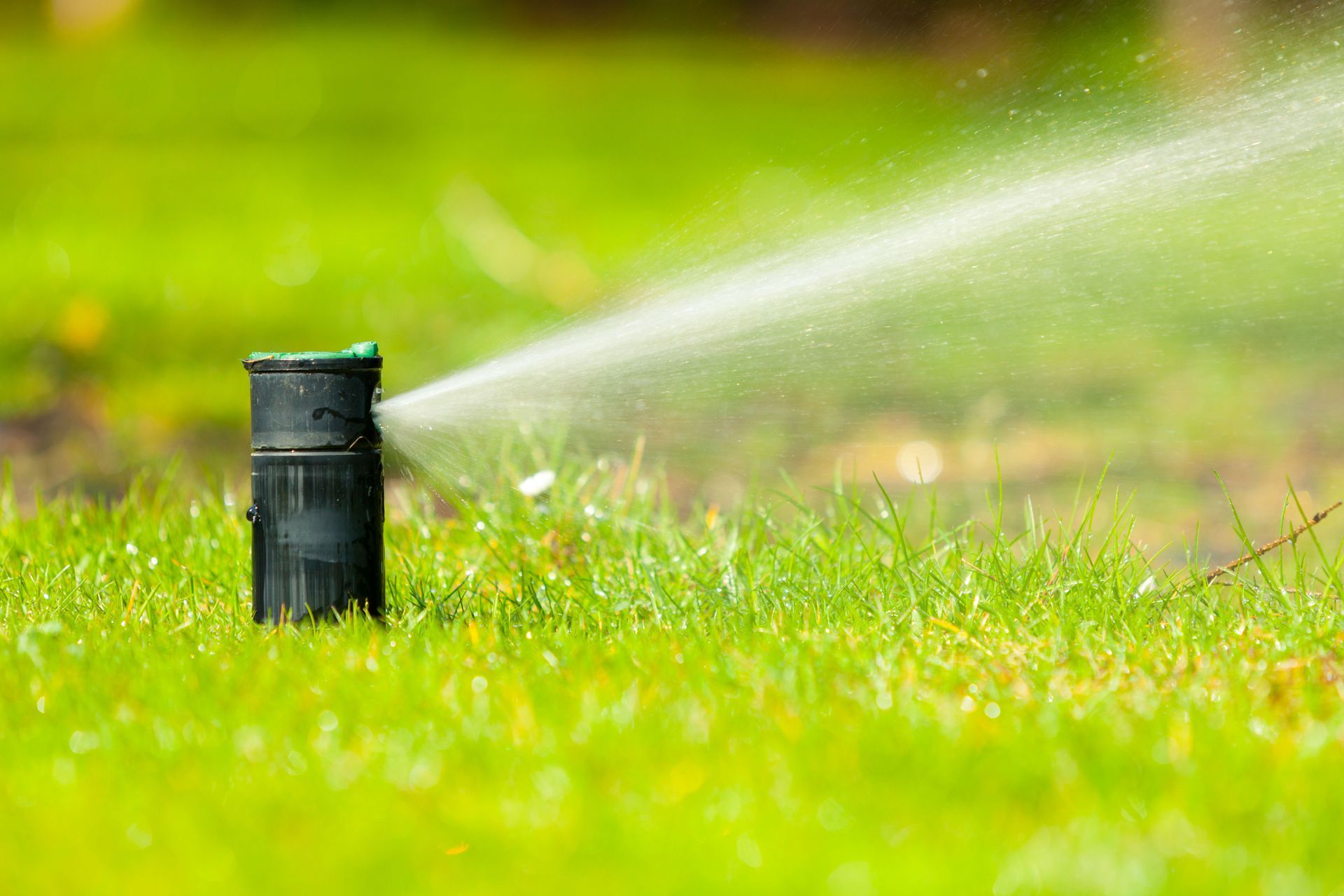
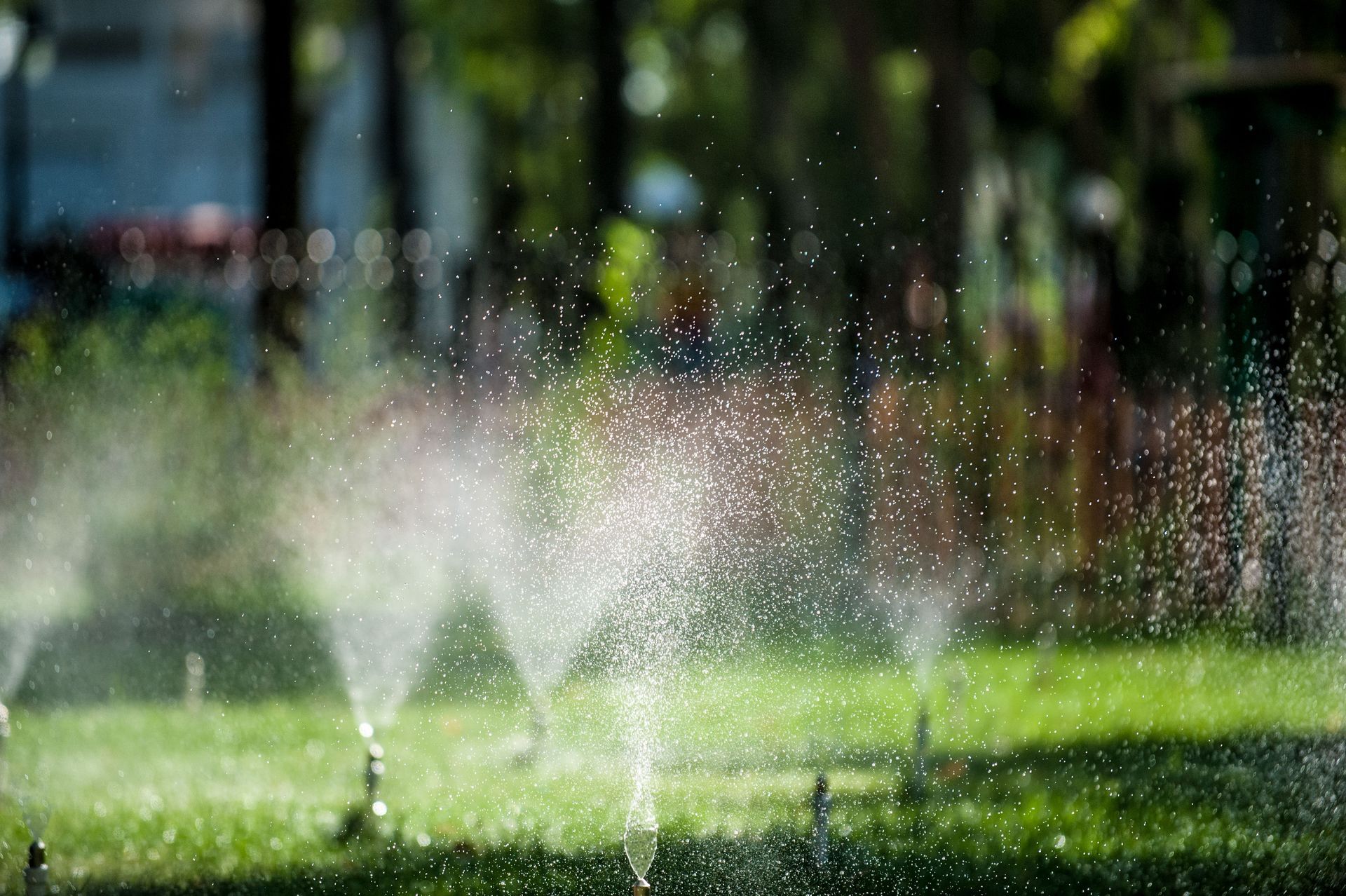
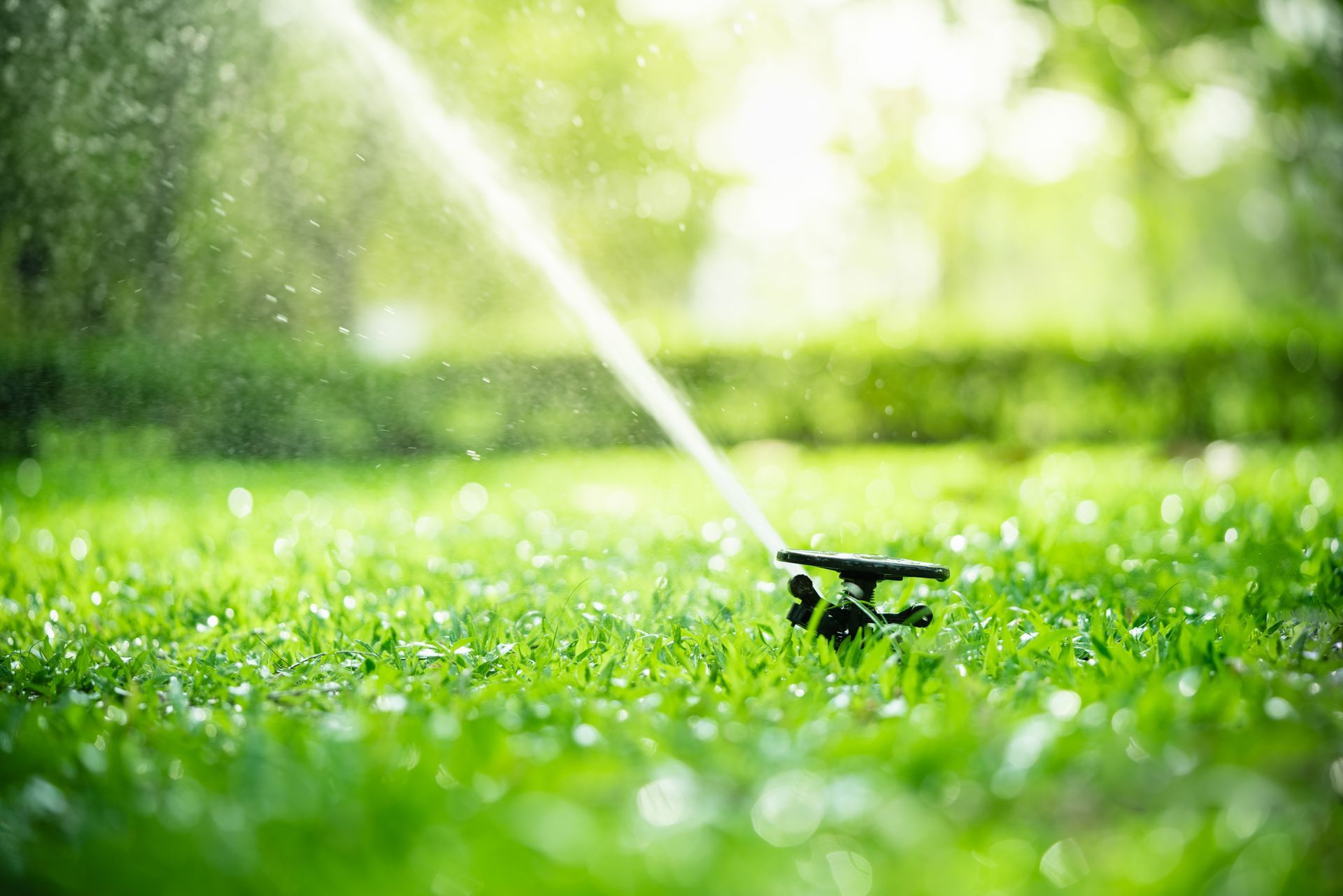
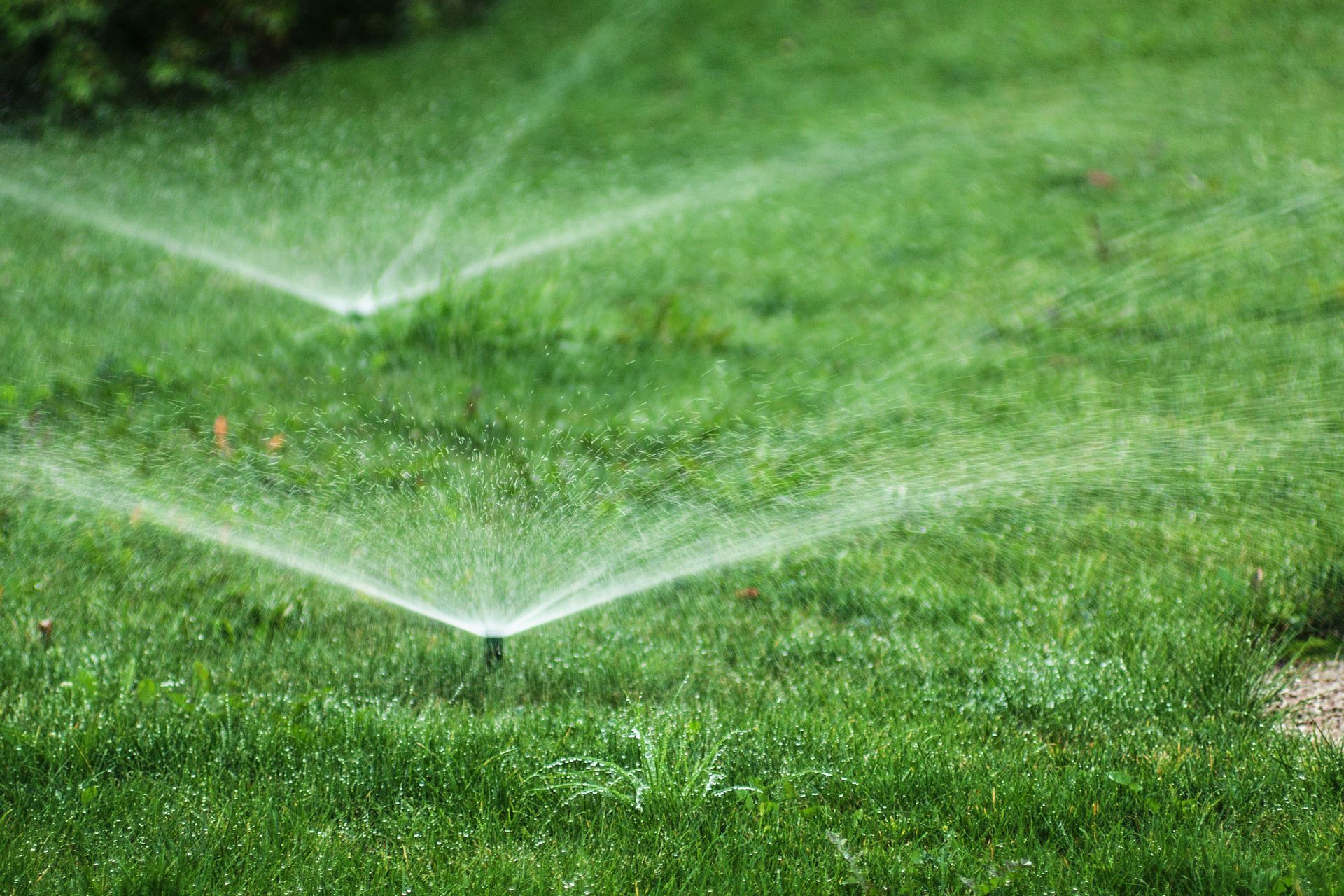

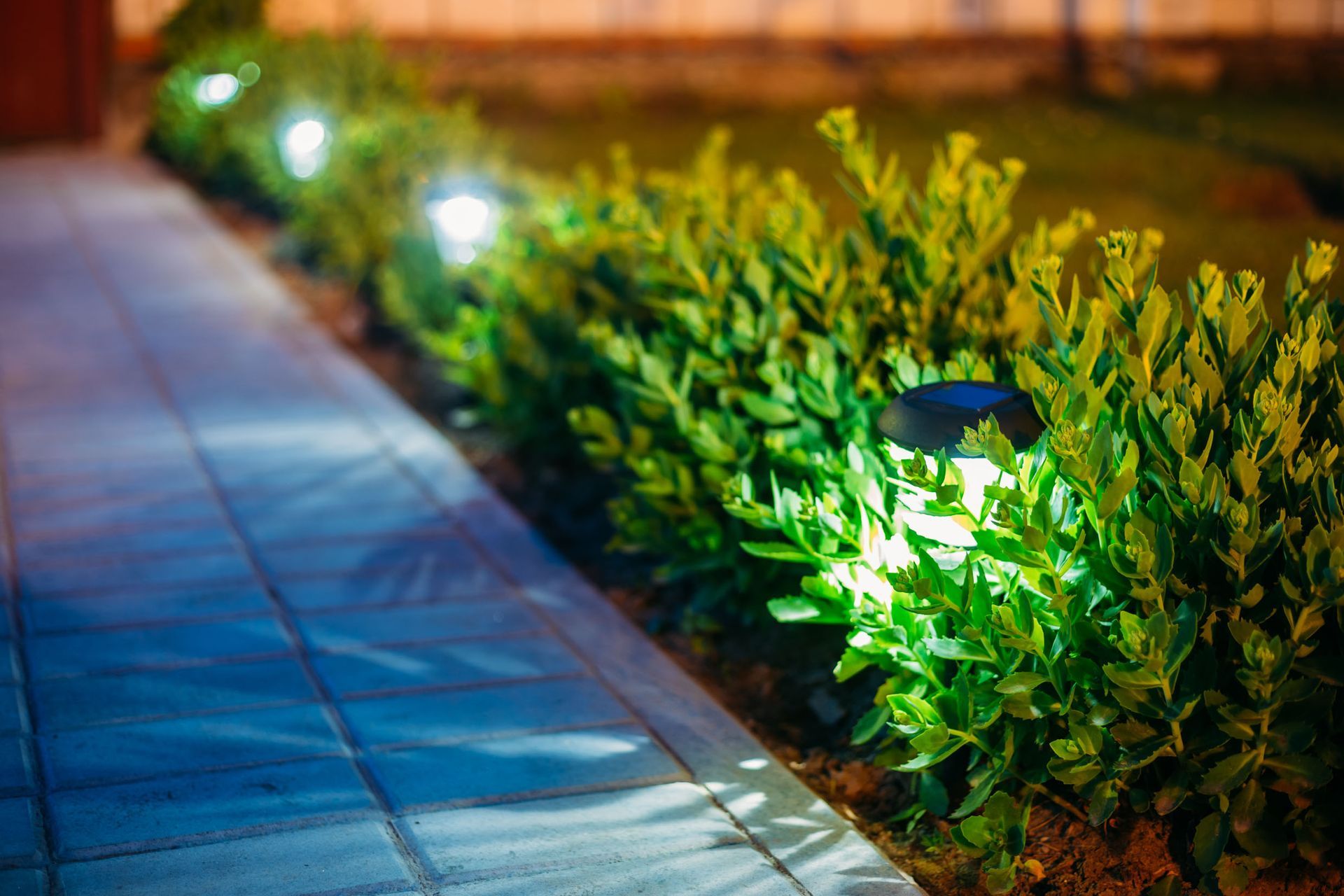
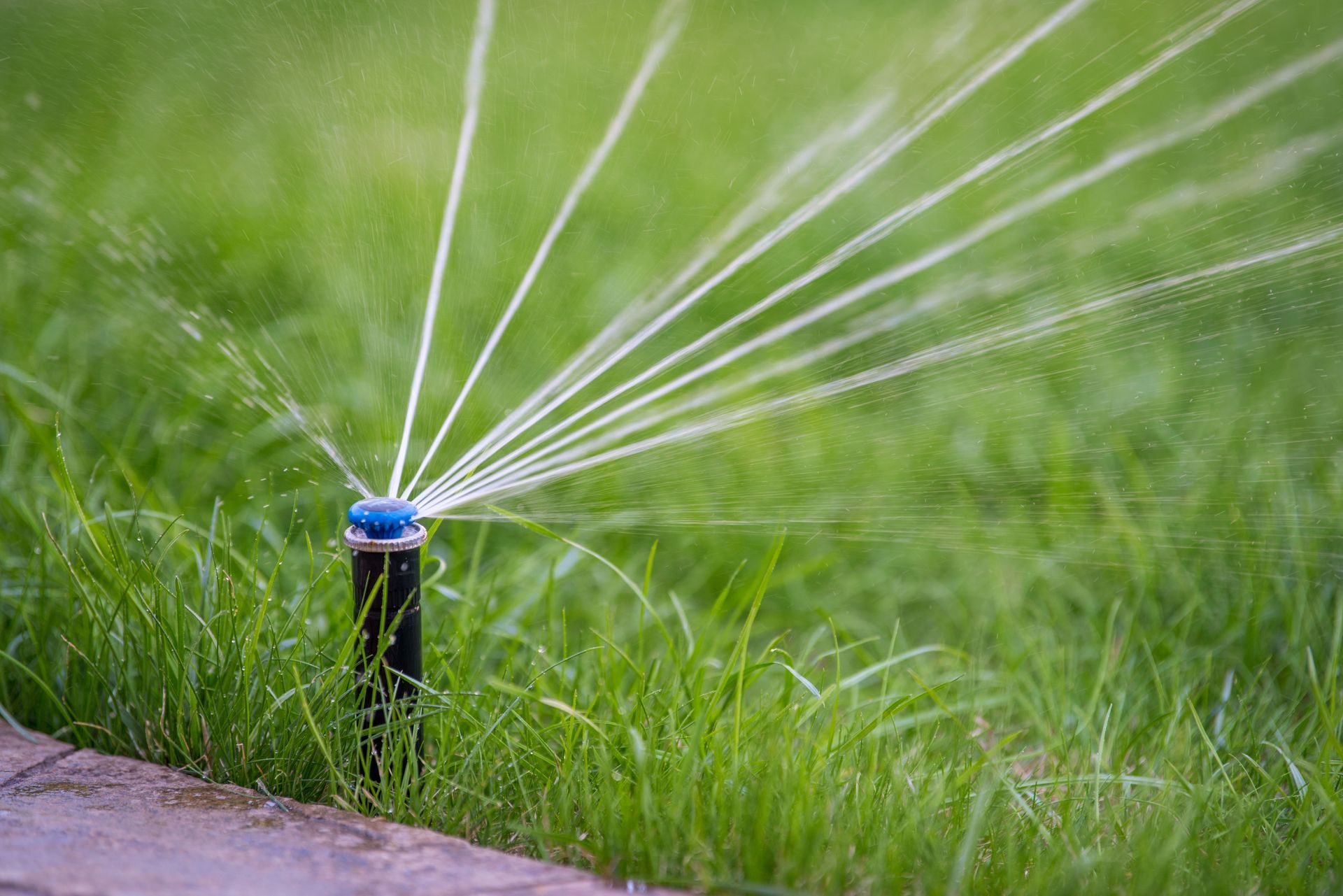
Share On: